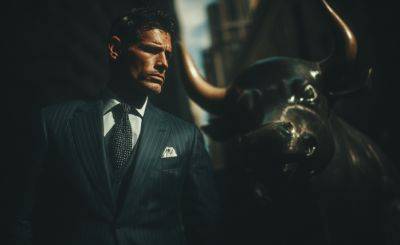How Top CEOs Solve Problems Differently To The Rest
In today’s volatile, uncertain, complex, and ambiguous (VUCA) world, challenges are not just inevitable, they are essential.
For global organizations, challenges push leaders to unlock creativity, develop resilience, and pursue excellence.The key to overcoming these challenges lies in a clear, adaptable strategy paired with curiosity, persistence, and a proactive mindset.To steer their organizations toward sustainable success, strategists and senior leaders must first become exceptional problem solvers.That starts with developing two distinct but complementary strategies: a static strategy for internal challenges and a dynamic strategy for external ones.Every organization moves through the product life cycle: introduction, growth, saturation, and decline.
Challenges arise both from within (e.g., culture, communication, operations) and without (e.g., competition, market shifts, technological disruption).A static strategy helps manage internal threats like inefficiencies or declining morale, while a dynamic strategy responds to external threats like market volatility or industry disruption.Leaders play a pivotal role especially at the saturation stage, where innovation becomes essential to avoid decline.
They must keep the growth curve moving upward by embracing transformation, staying ahead of competitors, and preparing for technological shifts.When problems come in clusters, as they often do, resist the urge to panic or overanalyze.
Read more on addicted2success.com





























